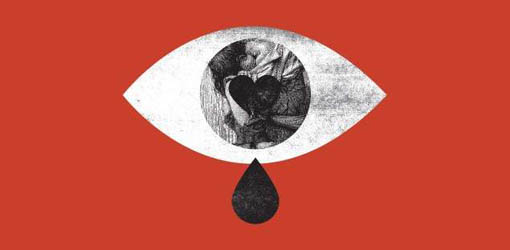How to Survive Humanitarian Design
Posted on December 9, 2012 | posted by: The blog post by Bruce Nussbaum threw a bomb into the crowd of designers, especially those who are dedicated to Humanitarian Design. If you do a Wikipedia search on “humanitarian design”, you will end up with a variety of subjects: architecture for humanitarian, engineering of humanity, graphic design for social good, etc. Is humanitarian design really changing our world in a good way, or is it just a movement by designers to fulfill their ego, which is possibly the new imperialism?
The blog post by Bruce Nussbaum threw a bomb into the crowd of designers, especially those who are dedicated to Humanitarian Design. If you do a Wikipedia search on “humanitarian design”, you will end up with a variety of subjects: architecture for humanitarian, engineering of humanity, graphic design for social good, etc. Is humanitarian design really changing our world in a good way, or is it just a movement by designers to fulfill their ego, which is possibly the new imperialism?
No matter how much you can critique Nussbaum for being pessimistic about humanitarian design abroad, it is true that designers need to step back and prepare as much as we can before stepping into other people’s backyard. As an old saying in China stated, “When in a new place, respect the rules and traditions of the place in every ways”. Gaining 50% knowledge of the culture that a designer is going to work in definitely helps in the success of a project; while the other half, one will gain on site. Because culture is a tricky thing that only when one is immersed inside with an open mind, can he/she fully understand it. Keep it in mind that only when we truly value other culture as important as ourselves’ can the communication becomes smooth in both ways. It’s like the flow of water, if one part is higher than the other one, water flows in just one direction.
Besides the understanding of culture we are working with, it is also important to make sure what designers can offer match the needs of local community. For some projects, the tragedy of failing to implement was embedded at the beginning. The need of local people might be different from what designers think they need. This does not mean that designers should obey to whatever their clients say; again, effective communication is always one key of success.
The lecture of Design for The Century class this week by Ezio Manzini stated some inspiring points about design. At the beginning of lecture, Manzini talked about “crisis and opportunity”. I think this is what we have right now for humanitarian design. One of the blog posts regarding Nussbaum’s question on humanitarian design described it as “baking a pudding”. It is an experiment of design as a force to change the word in some ways. Absolutely natural for some projects to confront problems and side effects on the way, but we should not stop “making crisis”, since it could eventually turn into opportunities and innovations.
The collaboration of designer and people is to “make people as solutions in stead of people as problems.” In humanitarian design, especially designers working in another country, it is important that we teach people to fish instead of giving them fish because at end of the day, local people are those staying and using the design. The collaboration with local designers ensures the empowerment instead of merely satisfying every time.
At the end of the blog post by Nussbaum, he mentioned that “why are we only doing humanitarian design in Asia and Africa and not Native American reservations or rural areas, where standards of education, water and health match the very worst overseas?” I think it is a similar question to “Why should we save dogs and cats while so many homeless people on the streets need our help?” There’s no ranking of doing good, just different goals of people. Some designers are more enthusiastic about domestic issues; while others are more familiar with oversea cases. It is shortsighted to “choose a side” and judge others. Regardless the location, we are design for the future of human being.